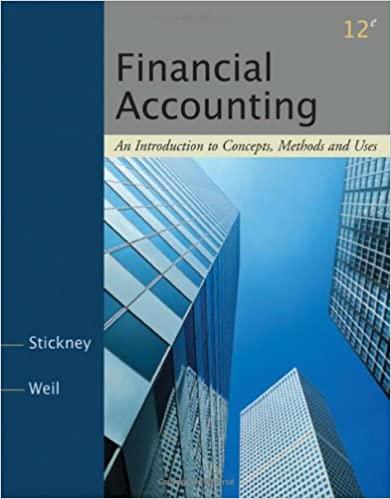Question
A AM Print Questions ne accompanying table contains ocean temperature data in a tourist region for the past 125 days. Complete parts a through e
A AM Print Questions ne accompanying table contains ocean temperature data in a tourist region for the past 125 days. Complete parts a through e below. 1 Click the icon to view the data table. a) Using technology and the 2 n rule, construct a frequency distribution for these data. Select the correct choice below and fill in the answer boxes to complete your choice. OA. Ocean Temperatures 71 to less than 72.5 72.5 to less than 74 74 to less than 75.5 75.5 to less than 77 77 to less than 78.5 78.5 to less than 80 80 to less than 81.5 81.5 to less than 83 Ocean Temperatures 71 to less than 72.5 72.5 to less than 74 74 to less than 75.5 75.5 to less than 77 77 to less than 78.5 78.5 to less than 80 80 to less than 81.5 81.5 to less than 83 Frequency Relative Frequency b) Using the results from part a, calculate the relative frequencies for each class. Select the correct choice below and fill in the answer boxes to complete your choice. (Round to the nearest thousandth as needed.) A. Ocean Temperatures Relative Frequency less than 72 less than 74 less than 76 less than 78 less than 80 less than 82 less than 84 Cumulative B. B. Ocean Temperatures 70 to less than 72 72 to less than 74 74 to less than 76 76 to less than 78 78 to less than 80 80 to less than 82 82 to less than 84 B. Ocean Temperatures 70 to less than 72 72 to less than 74 74 to less than 76 76 to less than 78 78 to less than 80 80 to less than 82 82 to less than 84 c) Using the results from part a, calculate the cumulative relative frequencies for each class. Select the correct choice below anc in the answer boxes to complete your choice. (Round to the nearest thousandth as needed.) QA Ocean Temperatures less than 72.5 less than 74 less than 75.5 Frequency less than 77 less than 78.5 less than 80 less than 81.5 less than 83 d) Construct a histogram for these data. Choose the correct graph bolow Relative Frequency Cumulative Relative Frequency
Step by Step Solution
There are 3 Steps involved in it
Step: 1

Get Instant Access to Expert-Tailored Solutions
See step-by-step solutions with expert insights and AI powered tools for academic success
Step: 2

Step: 3

Ace Your Homework with AI
Get the answers you need in no time with our AI-driven, step-by-step assistance
Get Started


